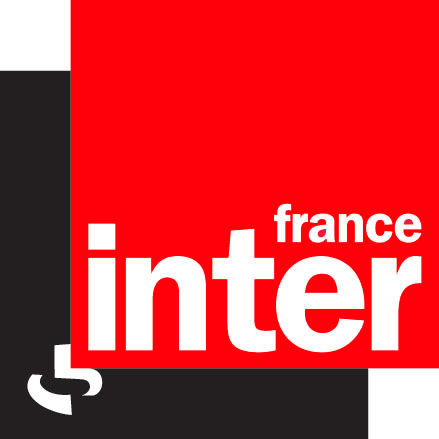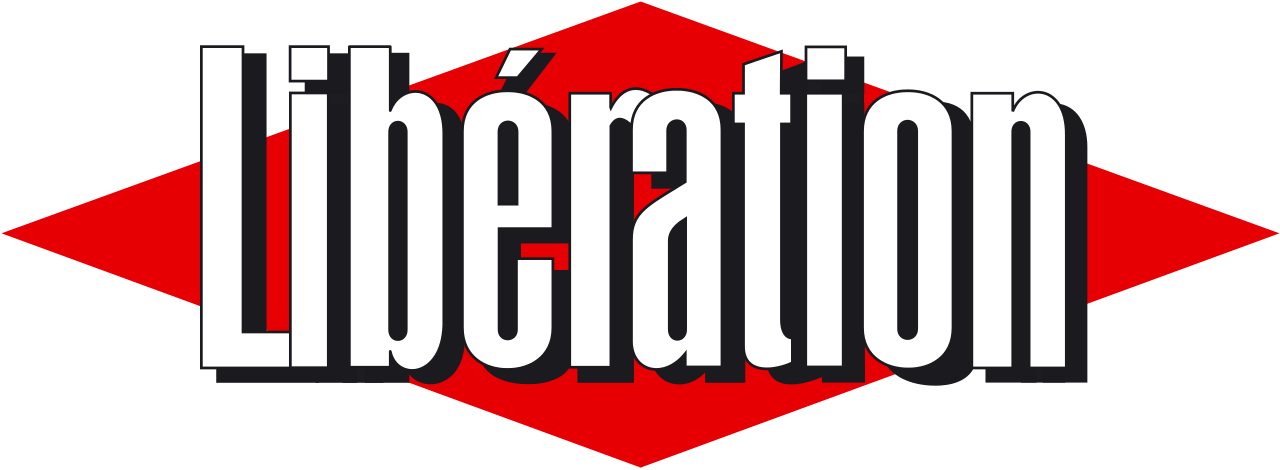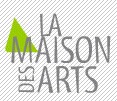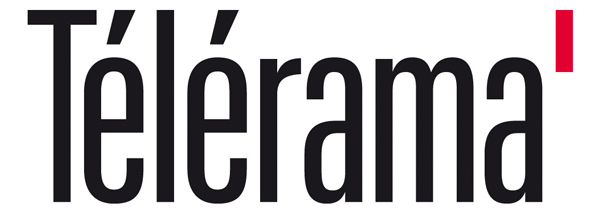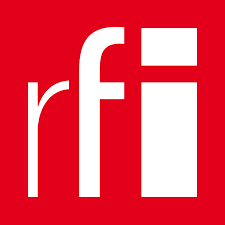Presentation
Alexis Cordesse (Paris, 1971) is a photographer whose work with images is often combined with work with words or sound to produce hybrid objects that explore the lack of images and their relationship to historical narrative.
Initially a photoreporter, he covers the major conflicts of the post-Cold War era. His photographs were published in the French and foreign press and exhibited at the Visa pour l'Image festival (1992). He participates in the first World Press Master Class (1995). From the mid-90s, his practice moves away from photo-reportage. He returns to the fields of current events (Rwanda, Palestine, Syria,...) with other ethical and plastic requirements to propose forms likely to translate another reality than the one that generally reaches us through the media. His approach is nourished by a reflection on the responsibility of images and the ethics of witness.
His work has been presented at the Dokumenta XI in Kassel (2002), at the ICP in New York (2003), in Paris during the Month of Photography (2010 & 2017), and at the Louvre as part of the exhibition A Brief History of the Future (2015). They can be found in many public and private collections, including the Fonds national d'art contemporain, the FRAC Auvergne, the Nicéphore Niépce Museum, the Bibliothèque nationale de France, and the Neuflize Vie ABN AMRO collection. The short film Itsembatsemba received the Merit Winner at the San Francisco International Film Festival in 1997, as well as a special mention at the Bilbao Documentary Film Festival the same year. Alexis received the Lucien & Rodolf Hervé Prize in 2010, the Arcimboldo Prize in 2011 for his project Borderlines.
Public collections
? Bibliothèque nationale de France
? Fonds national d?art contemporain
? FRAC Auvergne
? Musée Nicéphore Niépce
? Collection Neuflize Vie ABN AMRO
? Fondation Swiss Life
? Artothèque d?Annecy
Press
Texts
RWANDA
The genocide in Rwanda occurred in an atmosphere of general indifference.
On April 6, 1994, President Juvénal Habyarimana was assassinated and the remaining political authority immediately put into effect an extermination plan designed to eliminate both opposition to the political regime in power and all the Tutsis in Rwanda. In less than 100 days, the military, militias, and civilians murdered between 800,000 to a million people. Then, the genocidaires forced 2.5 million Hutus?a great many of whom had participated in the murders to flee to the borders.
Former photo reporter, Alexis Cordesse went to Rwanda for the first time in 1996, two years after the genocide, and in the hills questioned the survivors, noted the signs of emptiness and absence, and the traumatic sequels of the aftermath.
Before the unimaginable, he realized that he had to rethink his approach by questioning the failure of images to inform. From then on, he returned regularly to Rwanda and dedicated several bodies of work to the evocation of these events. His approach connects photographs, archival documents, and witness accounts. Alexis Cordesse's way of working is far from a moralizing discourse on mass crime, the suffering victims, the inhumanity of the executioner. Rather it is an inquiry on the power of images to speak out uniquely and by themselves about the essence of what happened.
His approach also invites the viewer to reflect on the crime rather than to contemplate the image.
BORDER LINES
ISRAEL, PALESTINIAN TERRITORIES, 2009-2010
Border Lines is a documentary project layouts thanks to the digital technologies. Realized from photos taken in Israel and in the Palestinian Territories, the images testify of the fragmentation of a territory, criss-crossed by tangible and invisible frontiers. Omnipresent, they determine spaces and people in this region of the world, stage for permanent news, wherein the slightest turbulence engages the values of East and West. Everything is separation and saturation. Using photography in its composite form, these photographs are assemblies. They maintain with the reality an utopian and descriptive relationship.
I choose places characterized by the concrete and symbolic constructions of public spaces which seek to align themselves with identity, relations and history. I decide on a point of view and I take, over time (from a few minutes to more than an hour), photographs of these spaces and of the people therein. Then, with my computer, I organize these photographs as a panorama, by adding or subtracting fragments of images in a more or less perceptible way. Border Lines is serie that borrowes from the street scene and landscape genres. The reconstructed spaces and actions function, therefore, according to their proper temporality. Everything is true and yet false.
Alexis Cordesse
LA PISCINE
In the summertime, the pool of the suburban town of Châtillon?Malakoff, located just outside and to the south of Paris, is one of the biggest draws of any swimming pool in the Paris area. The Olympic-sized outdoor pool and its surrounding lawns attract up to 2,500 people daily. Some come to swim, others to cool off, while yet others set out picnic spreads, flirt or doze off. The crowd is remarkably varied ? socially, culturally and in terms of age group. This broad human spectrum was what initially inspired this project.
In July 2003, I set up an outdoor studio near the pool to take portraits of anonymous persons in swimsuits. There is nothing natural, neither than truth in these portraits. These photographs are the product of a long and often arduous exchange between me and the model: make self-sacrifice to make public his image. Embody, by the photographic representation, the singular presence to the world of each, while celebrating his beauty.
Malakoff - Châtillon, France, 2003.
Exhibitions
Soon Art Fair
Group show
11 - 13 December 2015
Photo London
Group show
21 - 24 May 2015
Rwanda
March 28 - May 17 2014
Jérusalem, Izmir, Alger
Group show
September 11 - October 12 2013
News
Olympe
April 19 - May 25 2017
L'inactualité de la photographie
Ezra Nahmad
October 13, 2013


